Destination Guide
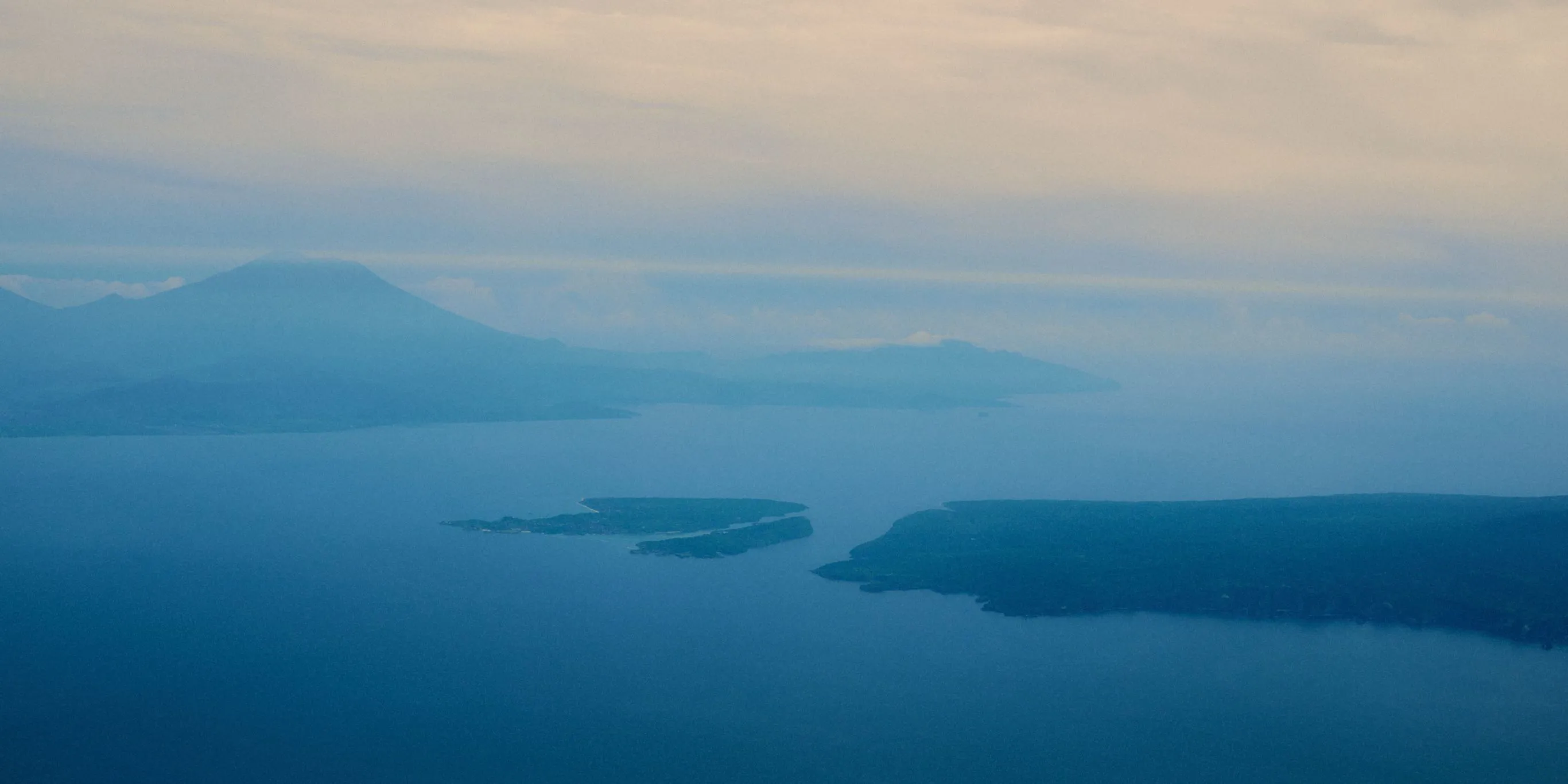
Words Annette Lin Images Arianna Lago Date 13 Dec, 2023
Though only twenty-five miles east of Bali, Lombok has historically and geographically occupied a much more liminal space than its neighboring island. Located between the Indian Ocean and the Java Sea, both islands lie between Australia and Asia yet sit on either side of the Wallace Line: a faunal boundary separating the species distinct to each region.
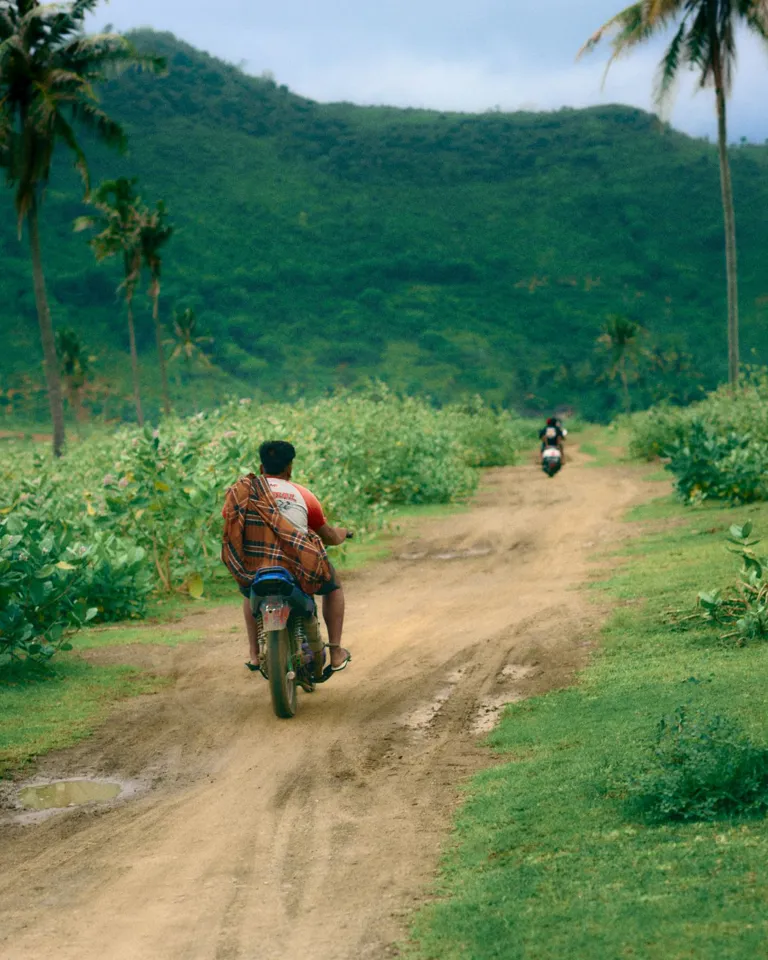
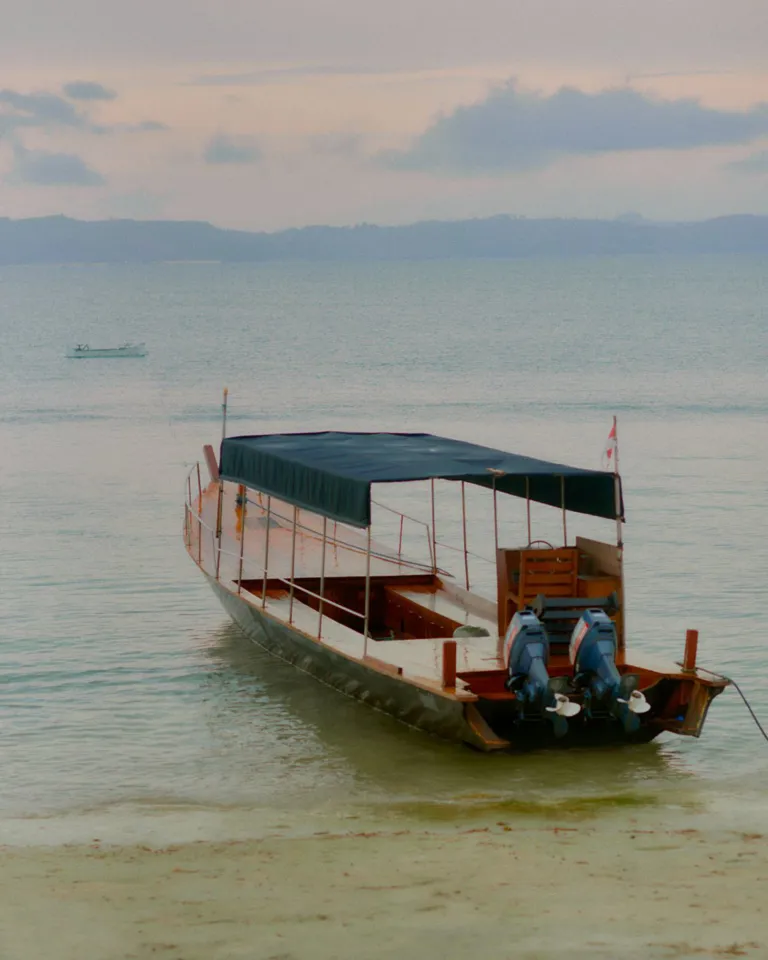
Today, systems of belief intertwine like the bamboo woven walls so ubiquitous on the island. A small pocket in the east, around the bustling, scooter-filled provincial capital city, Mataram, remains predominantly Balinese Hindu. The rest of the island is Sasak Muslim, and five times a day the call to prayer drifts through the soundscape.
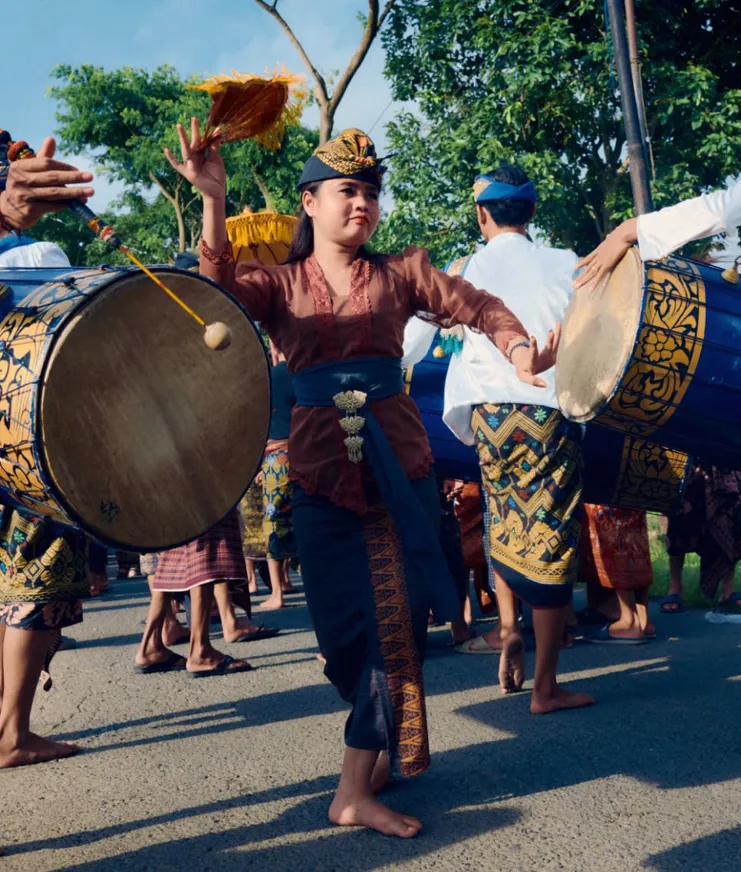
Saask wedding parades are often electrifying, village-sized affairs
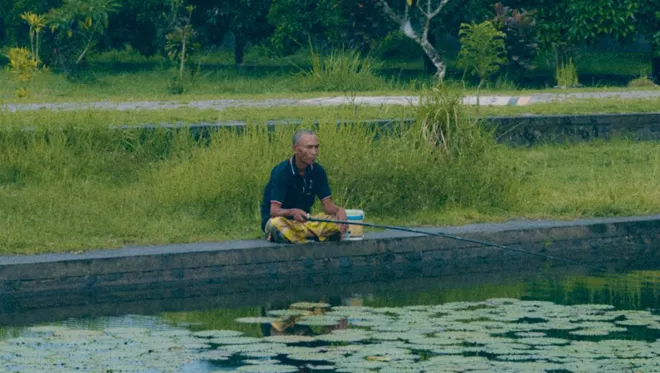
Fishing at Pura Lingsar, a multifaith temple complex just outside of Mataram
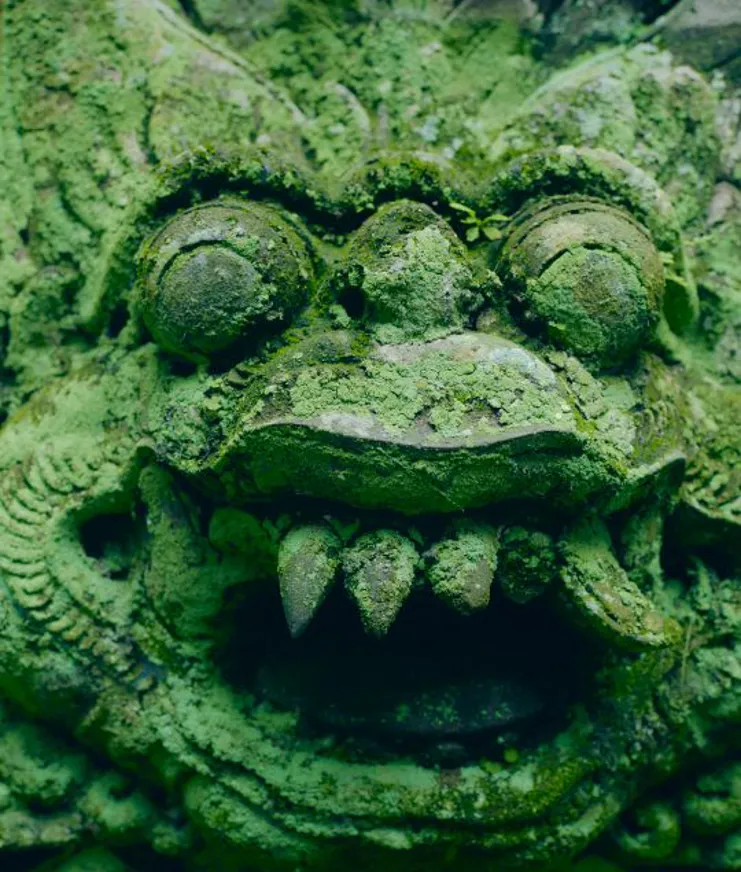
Lichen grows over a Balinese dragon at Pura Meru
Listen now
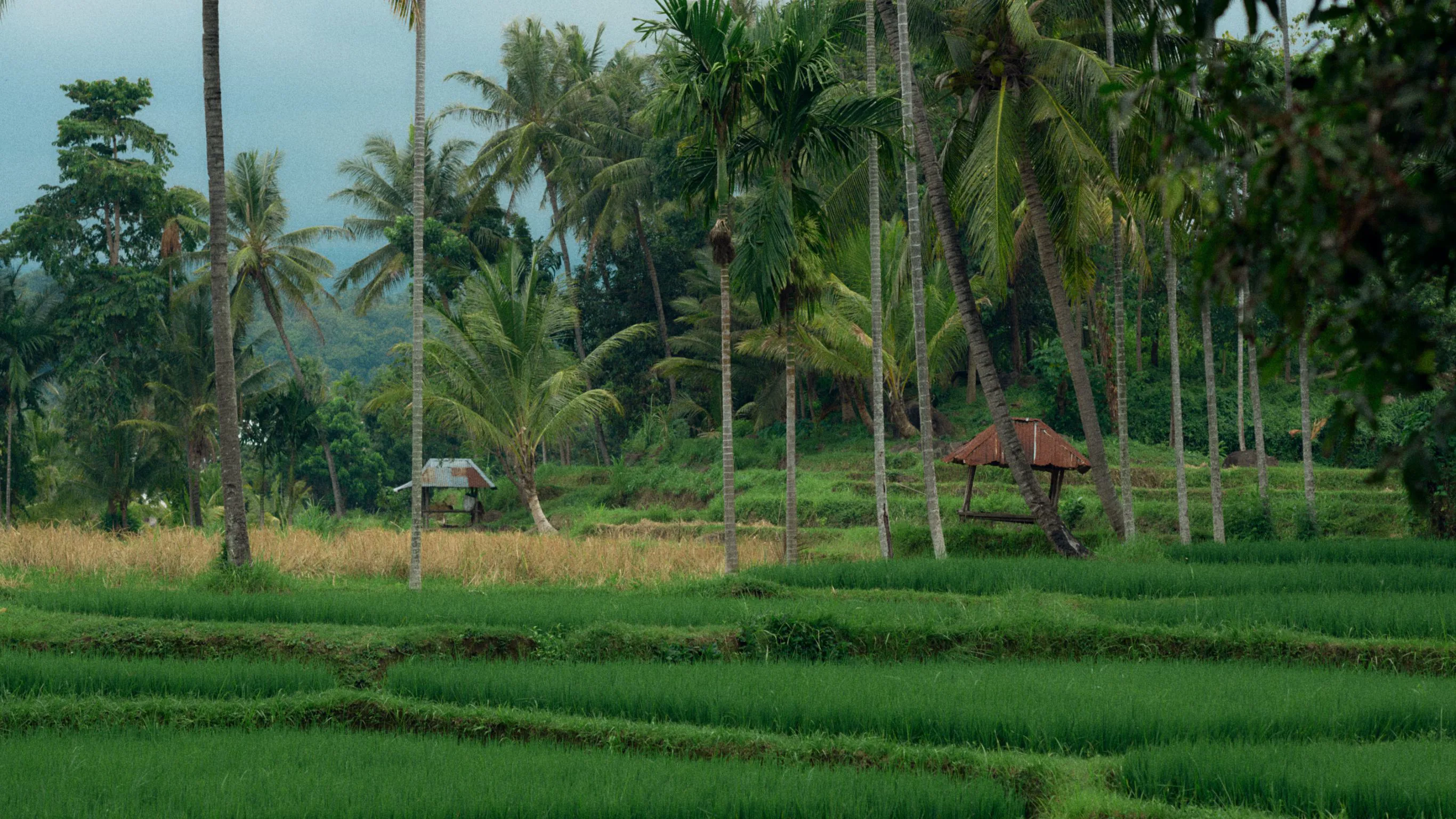
It takes three hours to drive from south Lombok to the north, but the time passes quickly if the trip involves a climb through the lower slopes of Mount Rinjani, past wild macaque monkeys and lush, generous strawberry fields, rice fields, coconut palms, and cacao and vanilla trees. With its natural riches, the south of the island is now the de facto center of tourism, enticing travelers with beaches like Kuta Beach and Tanjung Aan, both paradisiacal waterscapes decorated with thatched-roof warung eateries selling coconuts and nasi goreng to salty-haired surfers.

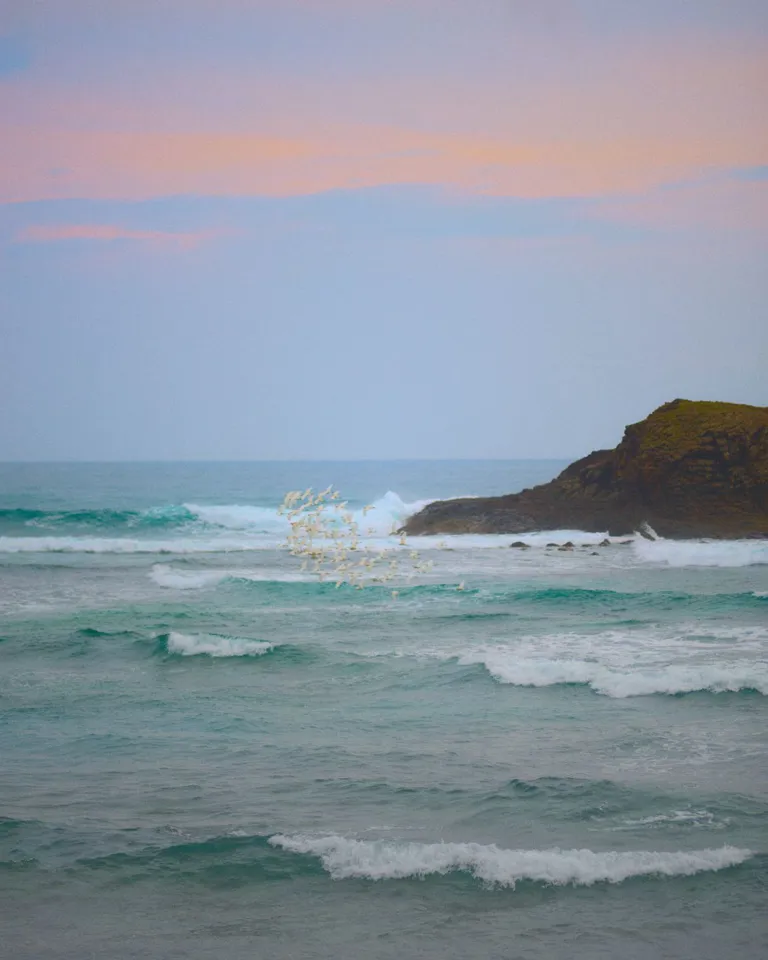
Located on top of a hill, Somewhere hotel offers a worthy reward for driving up—the chance to submerge in the hotel’s infinity pool and drink in the rainforest-tipped curves of Are Guling bay below. Descending down the hill like terraced rice fields, each room has its own outdoor plunge pool that is just private enough to evoke a feeling of pure seclusion.
Over on the far side of Awang Bay lies Innit hotel, a modern and secluded beachfront venue with similar values to Somewhere, but with different design approaches. Innit is best accessed by boat, followed by a jump into the sand (there’s no jetty). The villas are sleek and minimalist, each shaded with vertical planks of locally sourced rajumas wood, and meditative in their geometric precision. In contrast, the hills surrounding Innit are rugged and rustic, covered in dry farmland interspersed with jungle. It is like being at the edge of the world.
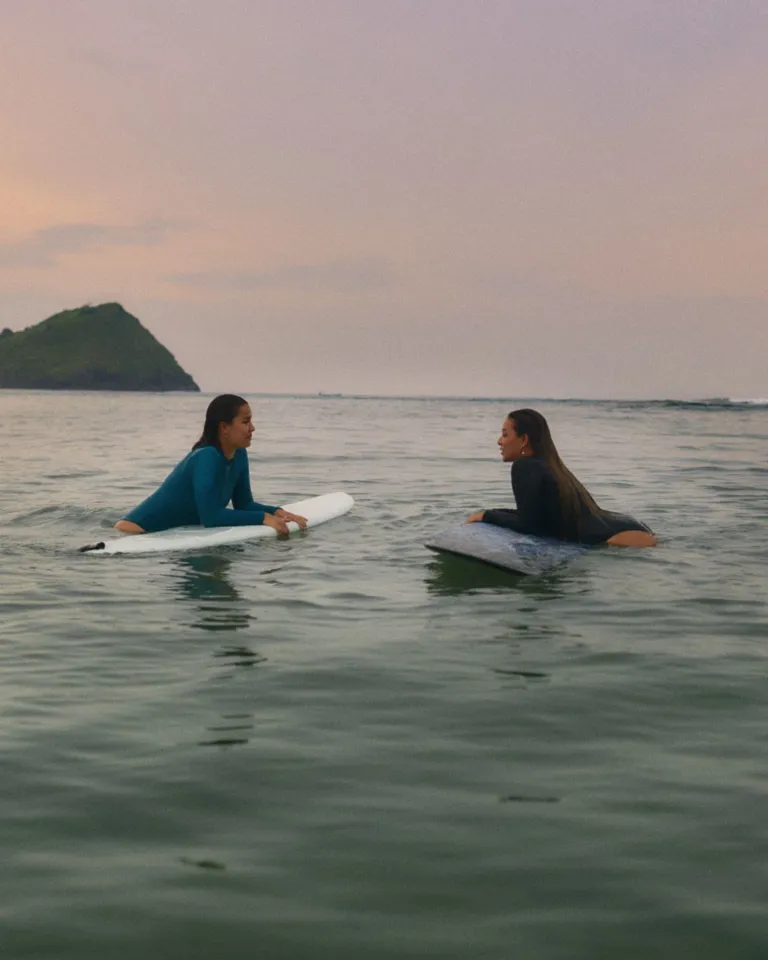
Claire and Valia Gontard, the sister duo behind Somewhere Lombok, are daily surfers
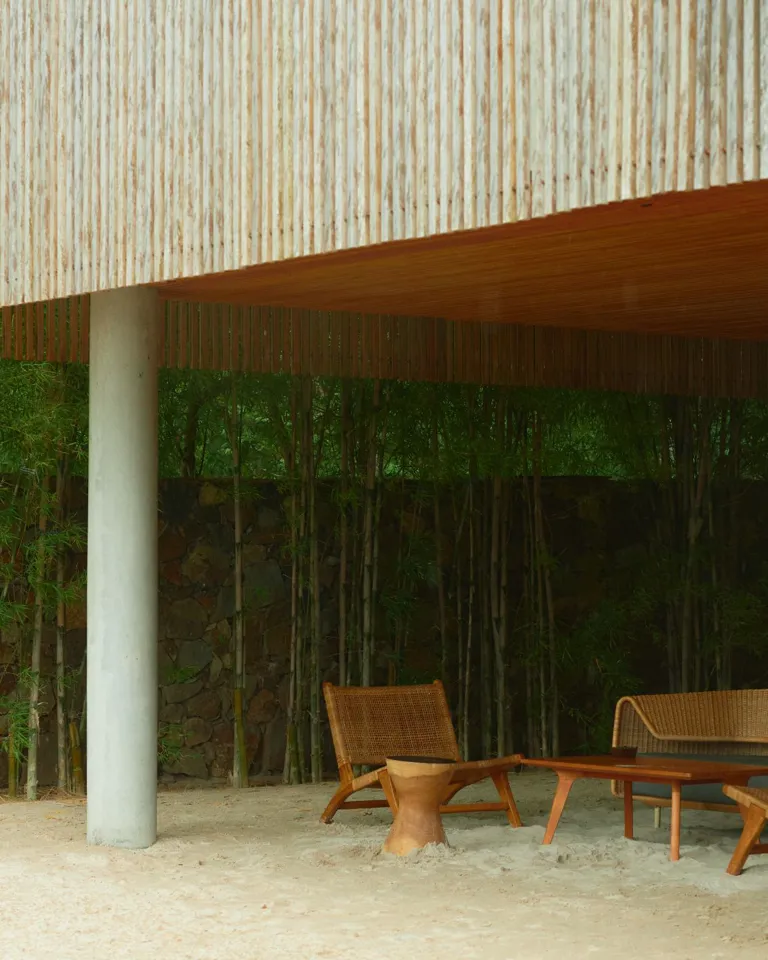
At Innit Lombok, the architects wanted to use its beachfront site to its full potential
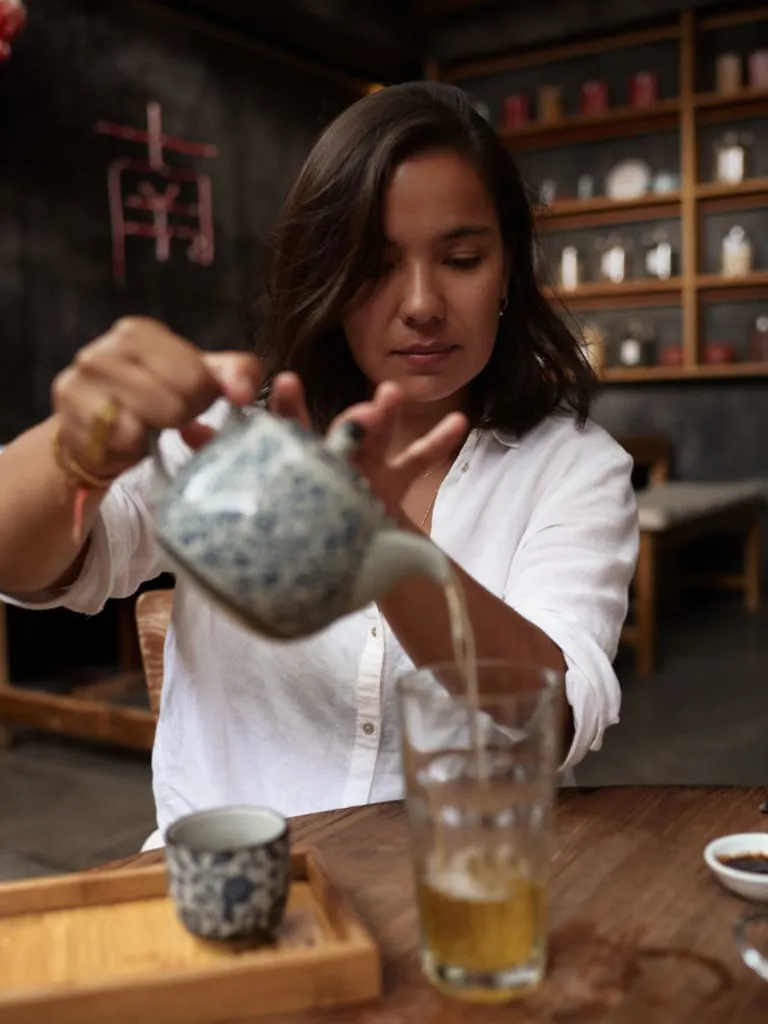
Jiang Nan intimate Chinese eatery with excellent handmade noodles and dumplings.

Bara An all day poolside restaurant with the town's best sourdough, cocktails and woodfire pizza. Don’t miss their Ladies Night!

Knalpot a vibrant place for happy hour and dinner that serves asian fusion cuisine.
Lobster farming in Lombok started in the early 2000s; today, there are 100 farms suspended on Styrofoam barrels in the middle of Awang Bay, the floating grid structures lashed together with bamboo rods or plastic. Each raft has nets that drop into the ocean below, and the farmers pull one of each type of crustacean out of the water by their antennae: pasir (sand lobster, named for its beige coloring), and mutiara (pearl lobster, named for its blue, opalescent shell).
Skewered and cooked slow over a beach fire, the lobsters are then cracked open, with their flesh, sweet with the taste of the sea, dipped in raw lemongrass and chili sambal. Outside, the night sky and the ocean merge into one dark, inky canvas, lit only by fishermen rowing out to sea on narrow sampans, their fluorescent lamps drifting through the darkness like floating spirits.

A fisherman comes home during sunrise after a night of fishing at Awang Bay
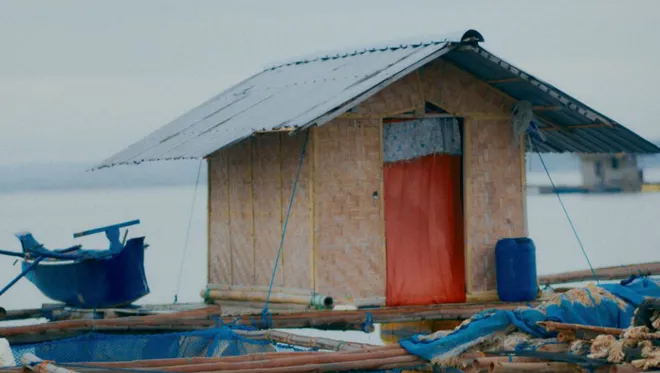
Many farmers stay overnight, keeping their lobsters safe from thievery
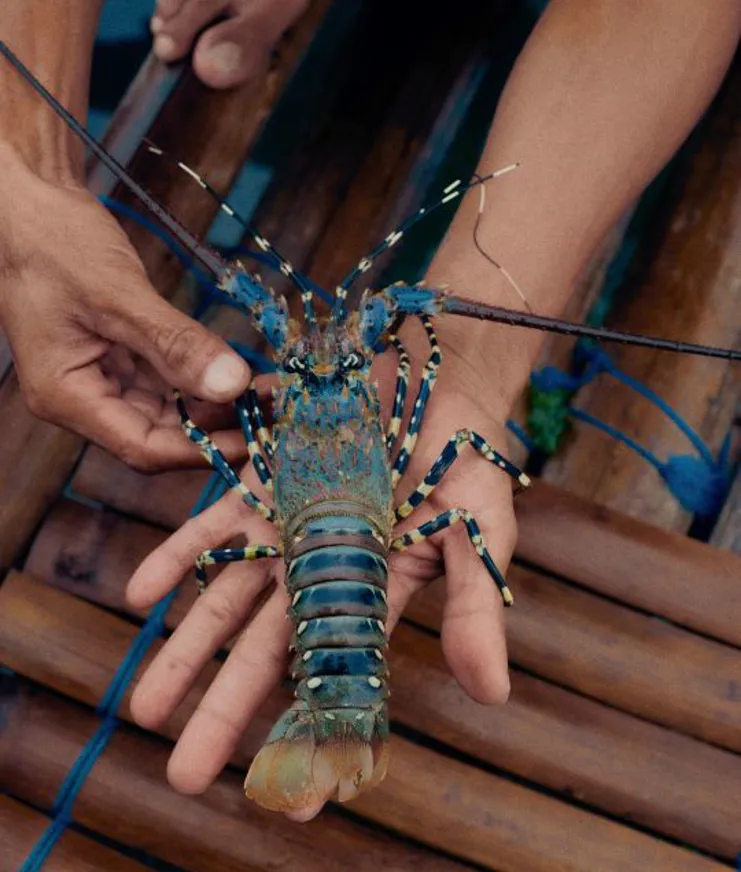
From start to finish, it takes a year for lobsters to grow to market size—at least 500 grams.

Elamu A new venue in town that serves greek food in a gorgeous rustic setting. Bonus points for the ancient Greek salad and halloumi.

Tribe They have a two-story skate park, it’s a great place to learn a new hobby, get a sweat on and refresh with the best juices in town. They host pizza + skate events every Friday.

Boni Beach This is a hotel in Serangan, which has beautiful architecture, lovely owners, a nice pool to refresh in and delicious food. I love the crunchy ginger salad and the ravioli.
With its natural riches, the south of the island is now the de facto center of tourism, enticing travelers with beaches like Kuta Beach and Tanjung Aan. Both are beautiful waterscapes decorated with thatched-roof warung eateries selling coconuts and nasi goreng to salty-haired surfers.
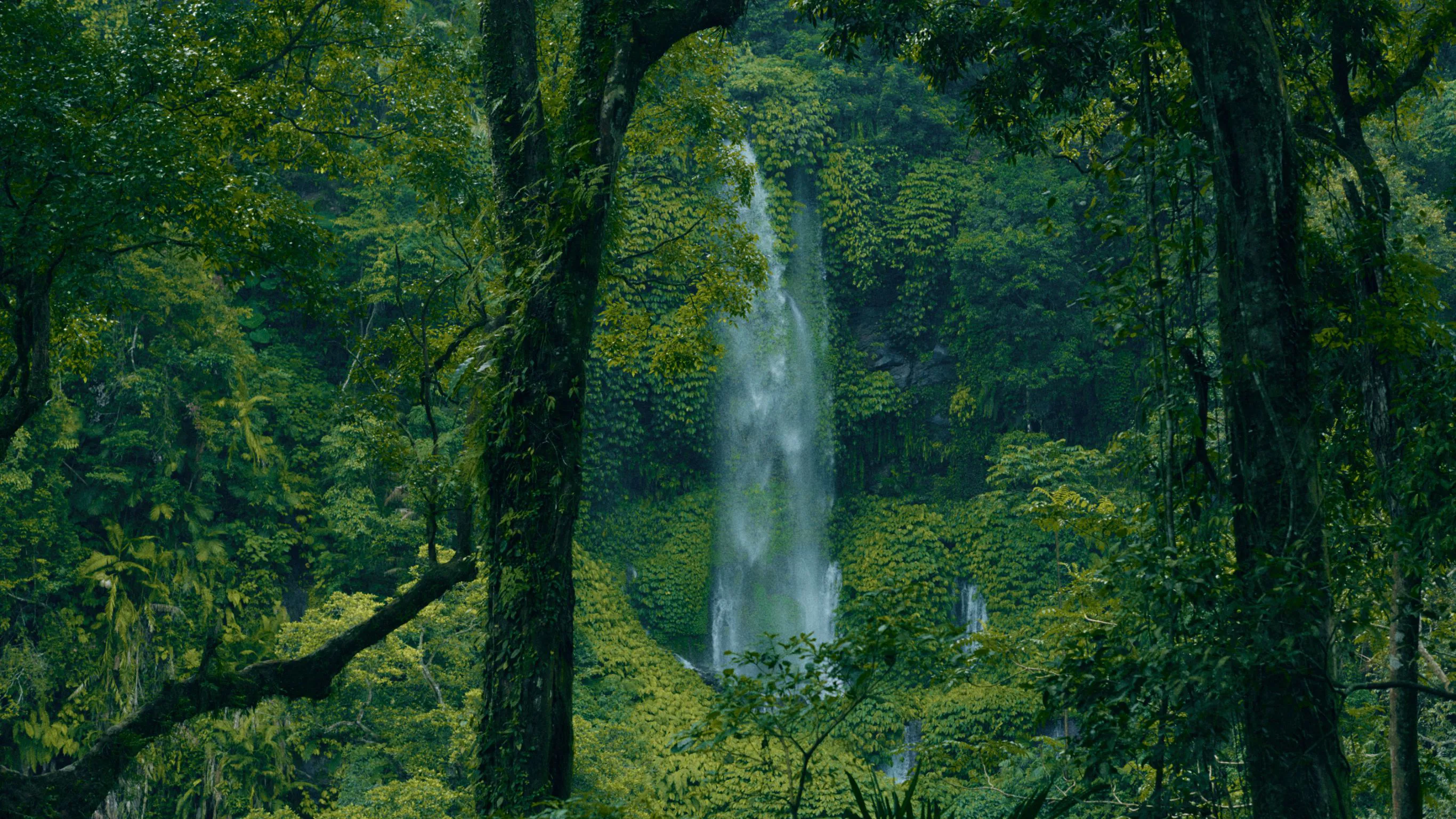
But nature gifted the island with additional places to cool off. Near Tetebatu, guides will reveal something else: a natural pool fed with mountain springs from Mount Rinjani. Teenagers dive in and take selfies under the waterfall where the spring tumbles into the pool.
Nearby, a young woman makes rujak, a green mango salad with peanuts, palm sugar, and chili, shaken until the flavors become one. When asked what is the best thing about Lombok, she cuts a few slices of mango to share and points to the pool: “There are so many hidden spots to discover,” she smiles.
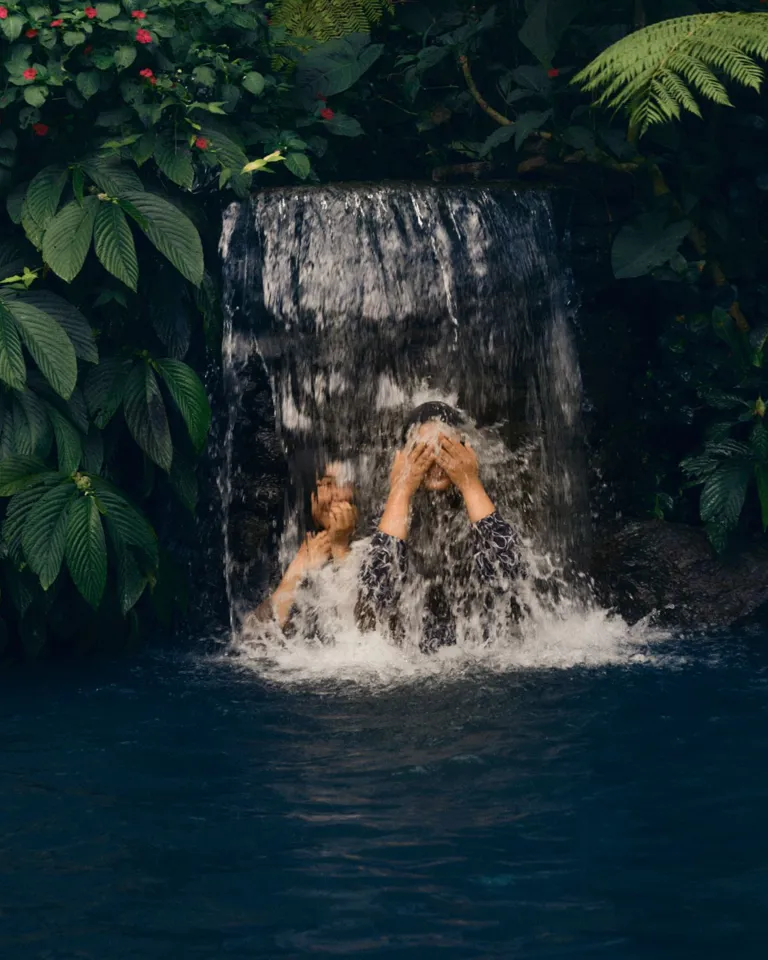
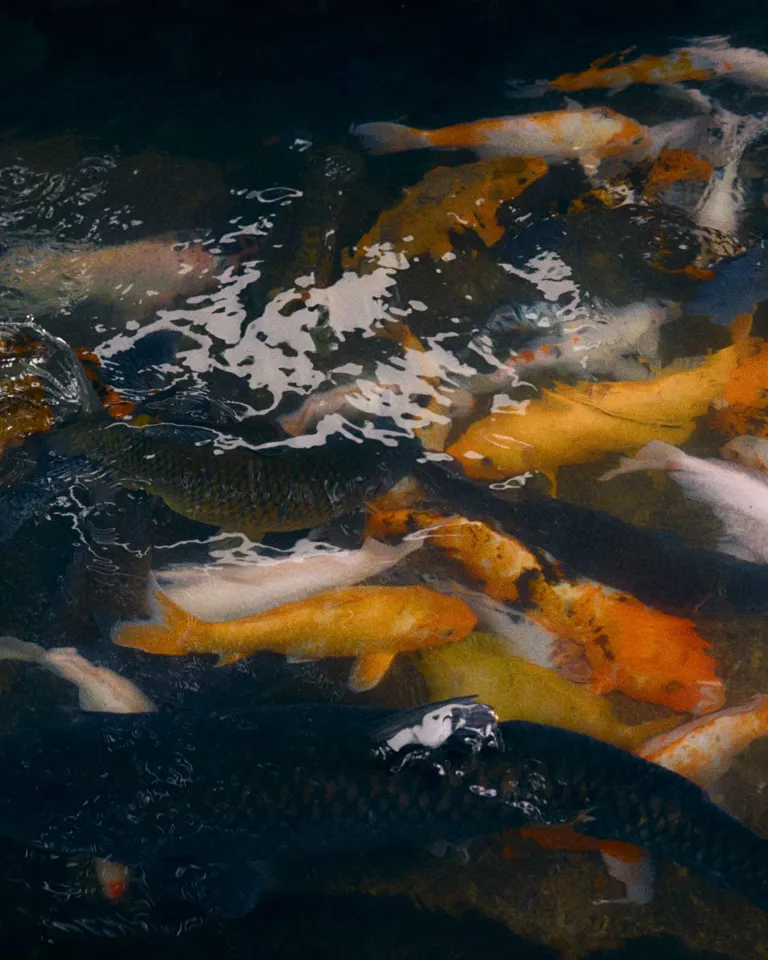
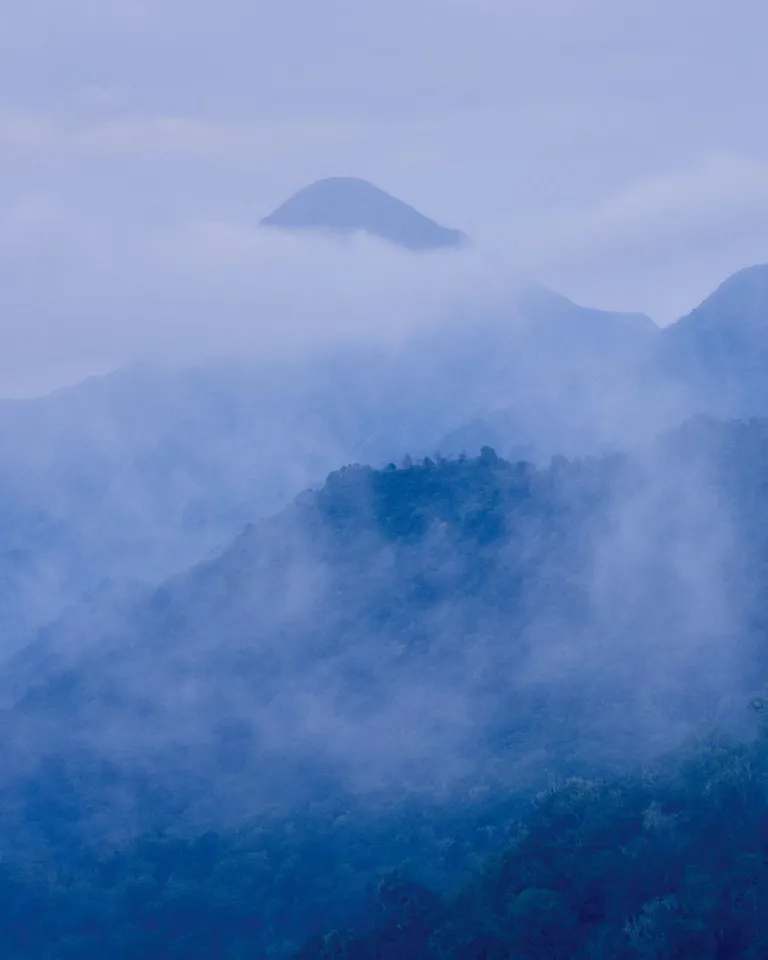
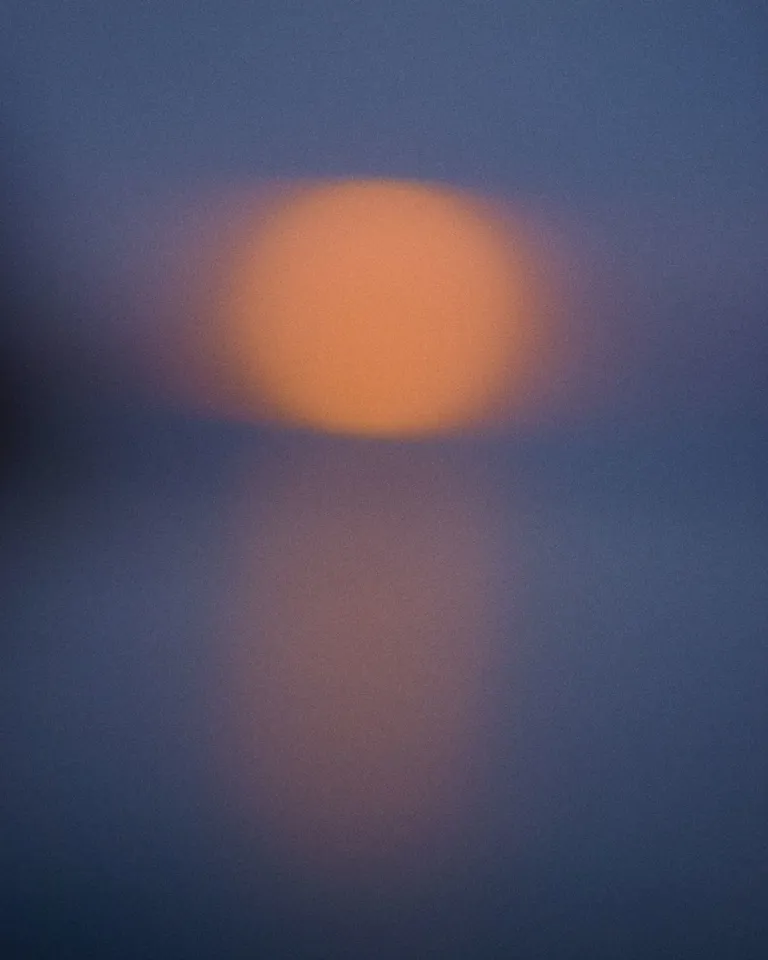
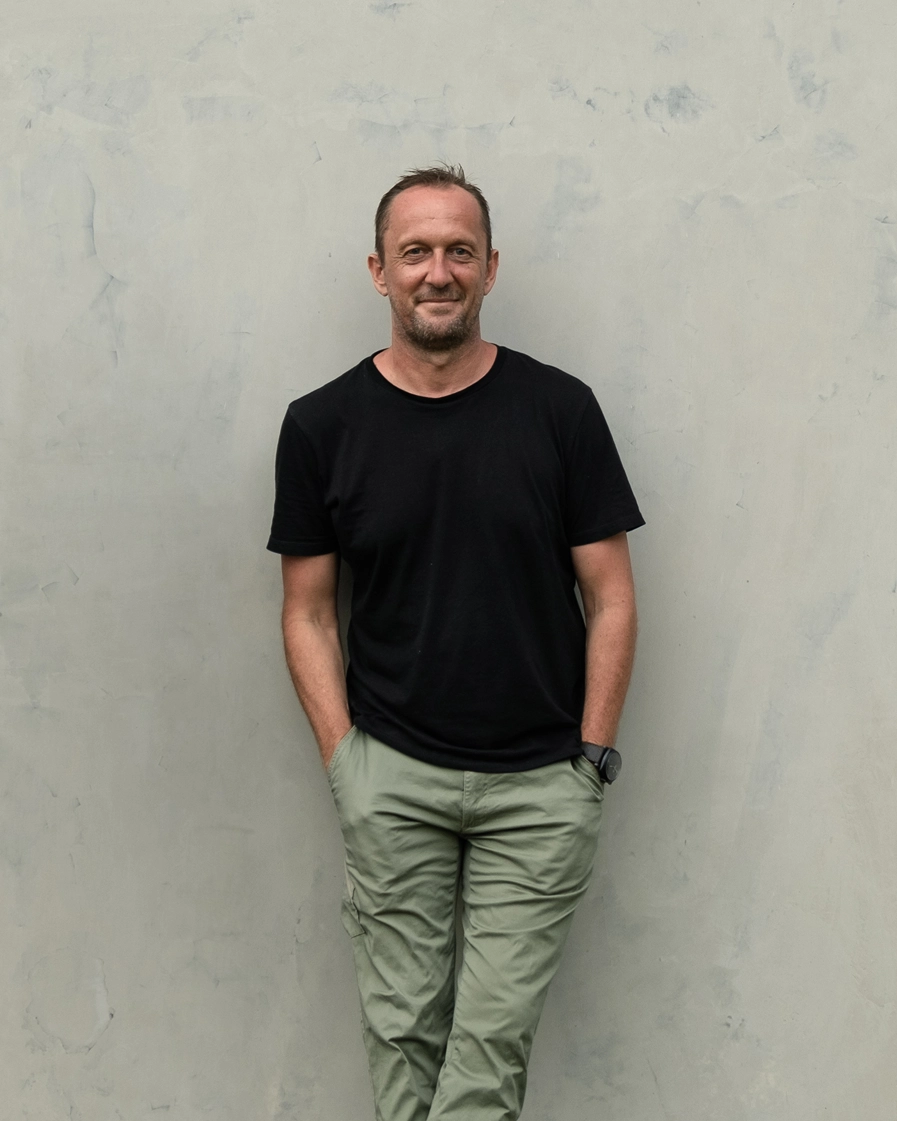
Originals
“The art of conversation is one of the things that people seem to be losing in the world today.”
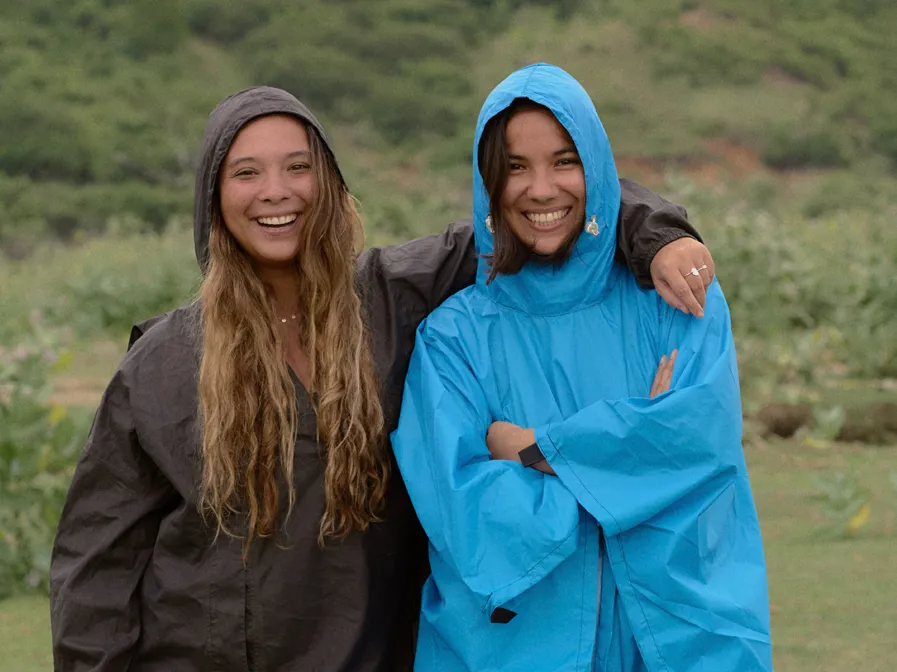
Originals
“We are very much about showcasing a destination as a place where people live and not as a place where tourists simply bring their own culture with them on their trip.”
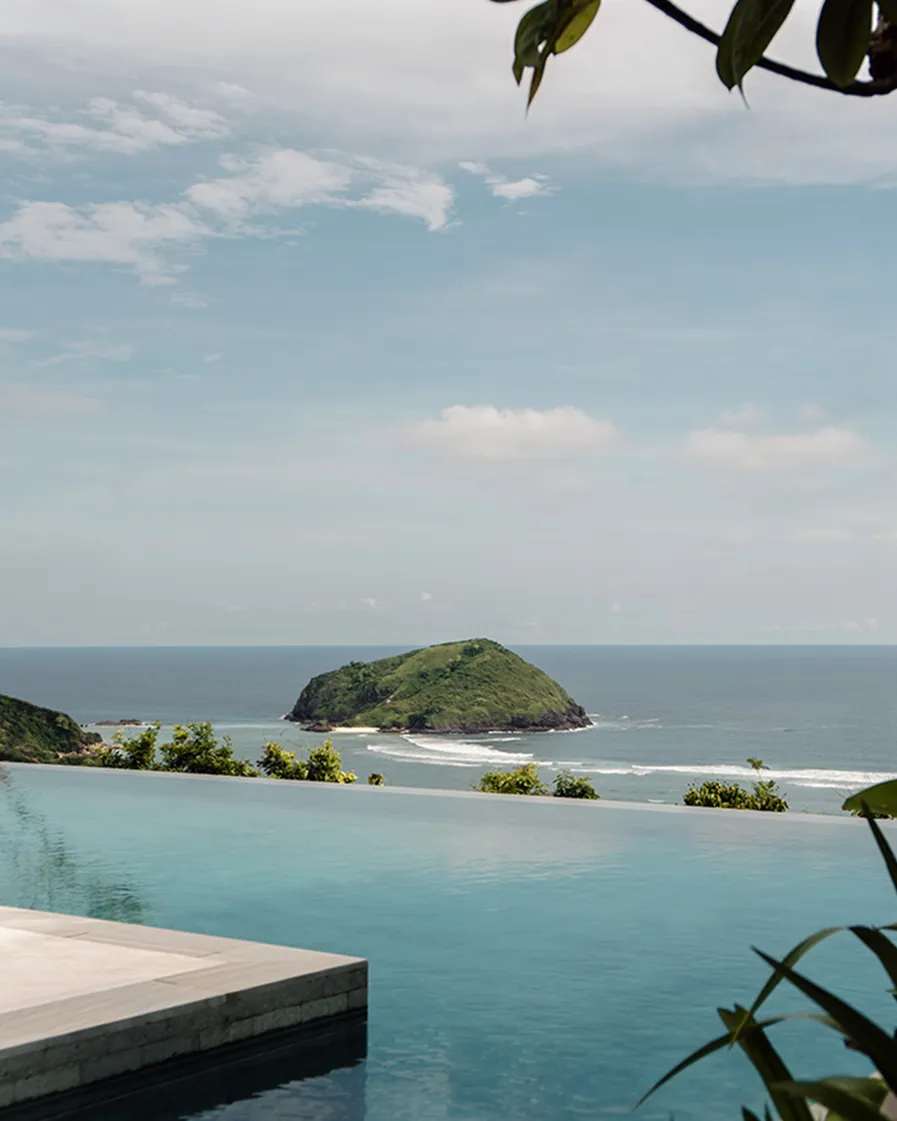
Destinations
Developing as a sustainable alternative to Bali, Lombok is attracting the hip barefoot dreamers who now have a new gathering place.
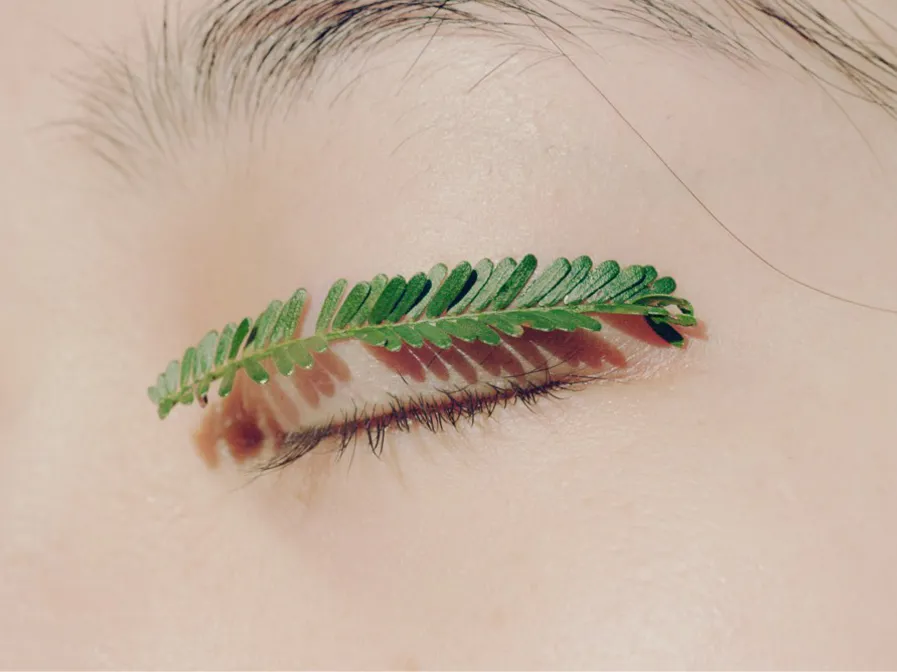
Design
The Italian photographer on how her Italian heritage feeds into her work, working with bugs and animals in nature, and what travel means to her.